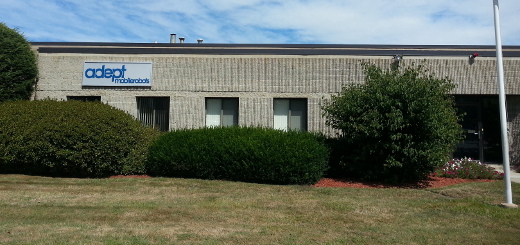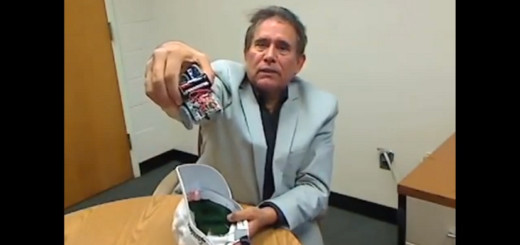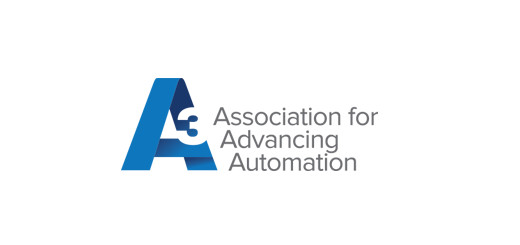Post-recession, manufacturers utilize robotics to stay lean
In order to survive the Great Recession, manufacturers had to get lean. Real lean. And it was painful.
But here’s the good news: when things turned around, they held on to those same lean principles as they expanded, creating more efficient businesses in the process. Today they are able to maintain consistently higher levels of efficiency thanks to better processes and greater use of another resource: robotics.
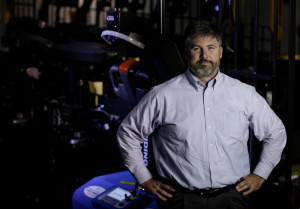
John Hayes, vice president of U.S. sales and marketing for Seegrid, witnessed the transformation firsthand. Seegrid builds robotic vision-guided trucks for material handling, and Hayes says that combined with Lean Manufacturing principles, their robots have helped make manufacturing more productive.
“Number one, you have a good idea,” Hayes says, “and then we help make it better.”
How it works
To illustrate, Hayes shares two processes that have become manufacturing industry buzzwords: “kitting” and “supermarkets.”
Kitting essentially involves creating a “kit” that includes all the components necessary for a particular assembly task. Manufacturing supermarkets are similar to everyday supermarkets, except they contain the stock items needed for manufacturing.
Hayes says it’s a fairly logical concept: “If you’re going to bake a cake, you go to the supermarket, you take your cart, you drive it around, you put the things that you need for your recipe in your cart, you put it in you car, you drive home and you make your cake.”
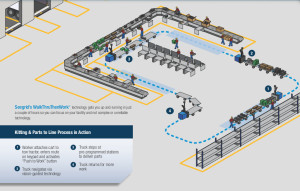
That same concept has been applied to all sorts of manufacturing. Manufacturers set up their line side delivery so they can kit the product that needs to be assembled and deliver it to the assembly people in the most logical fashion. Assemblers can then take the pieces, put them together and move them down the line.
“So the supermarket concept for kitting simply is the beginning portion,” Hayes says. “A place where someone picks all the parts, puts them in bins and delivers them to the line. That’s kitting.”
These concepts have existed for years — particularly in Japanese automotive manufacturing — but Hayes says it’s only in the past two years that he’s seen them become a widespread trend. Where Seegrid comes in is in the delivery portion of the process. Traditionally in a kitting application someone pulls the parts, puts them on a cart, drives them over to the line, gets off the cart, hand delivers them, gets back on the cart and drives back. Seegrid automates the driver portion, which Hayes says typically eliminates about three people per shift from the kitting application.
Creating better jobs
Of course, while reducing jobs is good for efficiency, it’s not always seen as good for workers. However, Hayes says he frequently sees those workers reallocated to new areas as the businesses are able to expand.
As an example, he cites the American Packaging Corporation. According to Hayes, the company was recently able to reduce its material handling labor hours by 19 percent.
“What did they do with those people?” Hayes asks. “They moved them and absorbed them into the expansion of the manufacturing. They went with other more value-added jobs in the plant. And here’s the exciting part — they actually added to their workforce because they were able to expand manufacturing further because of the reduction in material handling.”
Hayes says this is not an uncommon story, and part of the good news is that the jobs that are created tend to be higher-paying than the jobs that are eliminated.
“A person’s not sitting on a forklift doing an unrewarding job,” he says. “They actually get to be part of the success of their company. They’re building something, they’re putting things together, and by doing that they have, I think, a much more fulfilling job.”
How Seegrid’s technology works
Seegrid’s products are a subset of the Automatic Guided Vehicle market, although the company initially shied away from that label. That’s because their product is a little different in that it’s controlled by cameras and robotic vision, not by wires or some other physical marker in the facility.
The advantage is that facilities don’t have to be modified to accommodate the trucks, which has cost benefits and allows customers to actually try the technology onsite before they buy. In some ways, it’s the simplest solution to the problem of how to get robots to move things around, since it works basically the same way we do. However, current limitations in vision guidance mean it can’t do everything more complex systems can; it requires human involvement at certain points to tell the vehicle where to go. Hayes says he tells people it can do 80 percent of what other systems do at 20 percent of the cost.
Like other AGVs, the two big draws of Seegrid’s technology are return on investment and increased safety. Unlike traditional forklifts, AGVs are never subject to driver fatigue. Instead, their actions are highly repeatable and they are equipped with safety systems that prevent accidents. That’s good both from a human perspective (no one wants to see people injured) as well as for the business in general, since fewer accidents translates to fewer injury-related costs.
The future of material handling automation
Hayes says the next step for material handling automation isn’t just better technology or new applications or lower cost. The next step is putting the technology into the hands of non-Fortune 500 companies.
Like the Baxter robot, whose mission is to make automation available to businesses of all sizes, Hayes wants to see AGVs that can realistically be used in 99 percent of all facilities. He says Seegrid’s current goal is to have products that can purchased by any business.
“Our end goal is to be able to take this technology and apply it in a small mom-and-pop operation,” Hayes says. “Take someone who is struggling to get by and put this type of equipment in and allow them to be more competitive.”
[ photos courtesy of Seegrid ]

